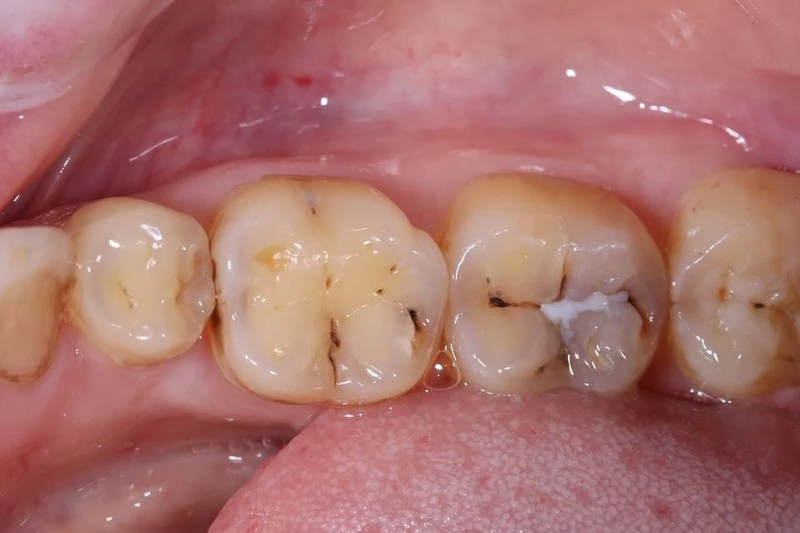Biological Measures for Effective Caries Prevention
Caries prevention and promoting oral health are becoming major public health concerns with social and economic implications. Conventional oral health measures may not be adequately reflecting clear understanding of dental caries process as a multi-factorial disease; and alternative methods for caries control are required. Fluoride continues to be the cornerstone of caries prevention. It possesses an economical value and can offer complete protection against dental decay, either by its own or combined with other cariostatic agents. Although dietary changes are more difficult in modern life than in the past era, it is still highly recommended to reduce refined sugars from the diet to keep away from decay.
The prevalence rates of dental decay even in populations with high dental awareness, in terms of brushing and sugar consumption, highlight the need to develop more synergistic caries-preventive measures complementary to fluoride. The major drawback of fluoride is its limited repair potential as it cannot sustain anti-acid production activity. Its major effect is the ability to reduce critical pH level where enamel dissolution starts following consumption of fermentable carbohydrates. Randomized controlled trials found that fluoride-chlorhexidine therapy and fluoride-triclosan toothpastes can better contribute to bacterial load and pH drop that result from glucose metabolism.
However, there is evidence regarding the genetic differences in caries susceptibility and this describes the occurrence or persistence of caries in certain ages or sites within the dentition. For example, older adults with exposed root surfaces have higher risk to develop root caries. While fluoride has cariostatic effect on enamel, root surfaces in this case are still at risk of acid dissolution. Caries-prevention strategies so must be not only limited to traditional methods but also include biological measures that concern about plaque biofilm and bacterial balance.

Dental caries is an endogenous problem in which the acidogenic/aciduric bacterial species get dominated and break the homeostatic balance of other plaque bacteria. With modern understanding based on molecular analyses and bacterial cultures, it was found that a range of bacteria (not only certain species such as mutans or lactobacilli) contributes to decay pathogenesis. So, it can be said that no certain bacterial genotype is responsible for caries incidence but, instead, it is the phenotypic characteristics of the causative bacteria (acid production).
Biological preventive measures concern mainly with balancing bacterial distribution in the oral flora, keeping a healthy plaque biofilm and enhancing caries resistance. Adopting these measures may allow dentists to move toward new methodologies in managing dental caries even for individuals with high sugar consumption.

Etiology of caries is not limited to environmental factors where plaque biofilm imbalance occurs but extends to microbial diversity and presence/absence of microbiome. Modern studies have shown a great importance of healthy oral microbiome and commensal plaque microflora which both act as barrier to opportunistic pathogens. The anti-inflammatory activity of these bacteria can prevent enamel erosin and hypersensitivity as well as oral infections. Preventive and therapeutic dental products should now inhibit acid production rather than reducing bacterial viability. Controlling caries incidence should focus on the causative factors involved in the disorganization of oral plaque biofilm.

